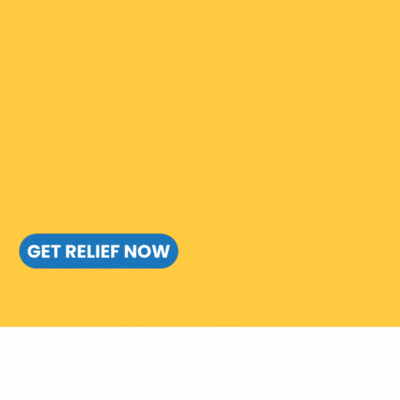By Jozsef Horvath
On Tuesday, July 24, 2018, Yelp changed the hospitality industry forever by displaying health inspection scores for every retail food establishment in its online reviews. This begs the question, “So what?”
Well, the methodology behind Yelp’s Local Inspector Value-Entry Specification, which led to the Health Inspection Score, could very well be a blueprint for the pivotal change our senior living industry so desperately needs.
Making a Yelp-Style Scorecard for Senior Living
In the past month, in two articles on this platform, I’ve tackled the critical obstacles hindering the essential paradigm shift in senior living: data and perception.
In essence, I am advocating for a shift in paradigm to transform negative public perception and to wholeheartedly embrace data-informed decision-making. This would allow us to challenge the growing dominance of aggregators like A Place for Mom; significantly diminish the appeal of aging in place, at home; and empower us to perform better, improve our offerings, and ultimately achieve better results.
It is no secret that I am not alone in these observations and calls for change over the years. The saying “teaching an old dog new tricks” might come off as too glib for the senior living audience, but the truth is, we’ve been largely treading water. Nevertheless, the concept of creating a suite of standard community-level scores, in the vein of Yelp’s Health Inspection Score, merits serious consideration. These standardized scores, if adopted, could deliver tangible benefits to all three stakeholders: owners/investors/REITs, operators, and the current and prospective residents.
4 Score-Worthy Areas
Let’s examine a few scenarios where the application of data, translated into numerical values, can establish universal benchmarks beneficial to these stakeholders.
- In the realm of medical prevention: Falls and urinary tract infections are among the most common reasons senior living residents end up in skilled nursing care. What if our communities harnessed fall detection and fall prevention technologies, providing actionable data on both individual residents and the community at large? Imagine sensors that alert care teams to increased bathroom use, or advanced toilet bowl sensors that identify UTIs within 24 hours.
- As for activities and engagement: The frequency and duration of residents leaving their rooms, along with data on activity participation, are prime indicators of resident engagement and program quality. Metrics on how long residents watch TV, and what type of content they prefer, can gauge the effectiveness of an activity team’s efforts.
- Turning to operations and care: Microwave radar sensors can offer insights into care plan adherence, flagging incidents where residents might not use their walkers or receive necessary escorting from caregivers — just to cite a few examples.
- In the culinary domain: Long the cornerstone of resident satisfaction, culinary tech offers a wealth of data points, from meal management and sourcing to reservations and feedback on dining experiences, not to mention attendance at special events.
These examples illustrate how data-driven standardized scores could provide comprehensive, accurate, and timely depth of information on a community or a set of communities — insights that are currently nonexistent.
How to Make It Happen
For such a program to be successfully implemented, there needs to be a vocal advocate, and I believe that advocacy must stem from investors and REITs — although there are a few forward-thinking operators already making data-driven decisions. For them, adopting this scoring system would be a logical advancement. Yet, they represent a minority.
For many, such evolution is limited to discussions at conferences and in industry journals. Third-party lead aggregators like A Place for Mom are unlikely to endorse such scoring systems, as it would conflict with their lead distribution models.
Lastly, while prospects and current residents crave transparency, it’s been historically elusive in our industry, so their enthusiasm for this initiative may be tempered.
It is, therefore, incumbent upon capital to champion this scoring system as a new industry standard. If entities like Welltower were to persuade their operators to embrace a suite of technologies that would enable the generation of standardized scores, they could then leverage community-level, regional, and operator-specific data to unearth both challenges and opportunities. Such data could be transformative, informing future acquisitions and performance management of existing assets.
For capital, creating competitive advantages is par for the course, but to transform an entire industry in the process is quite extraordinary. I am hopeful that someone among the top-tier REITs is paying attention.








